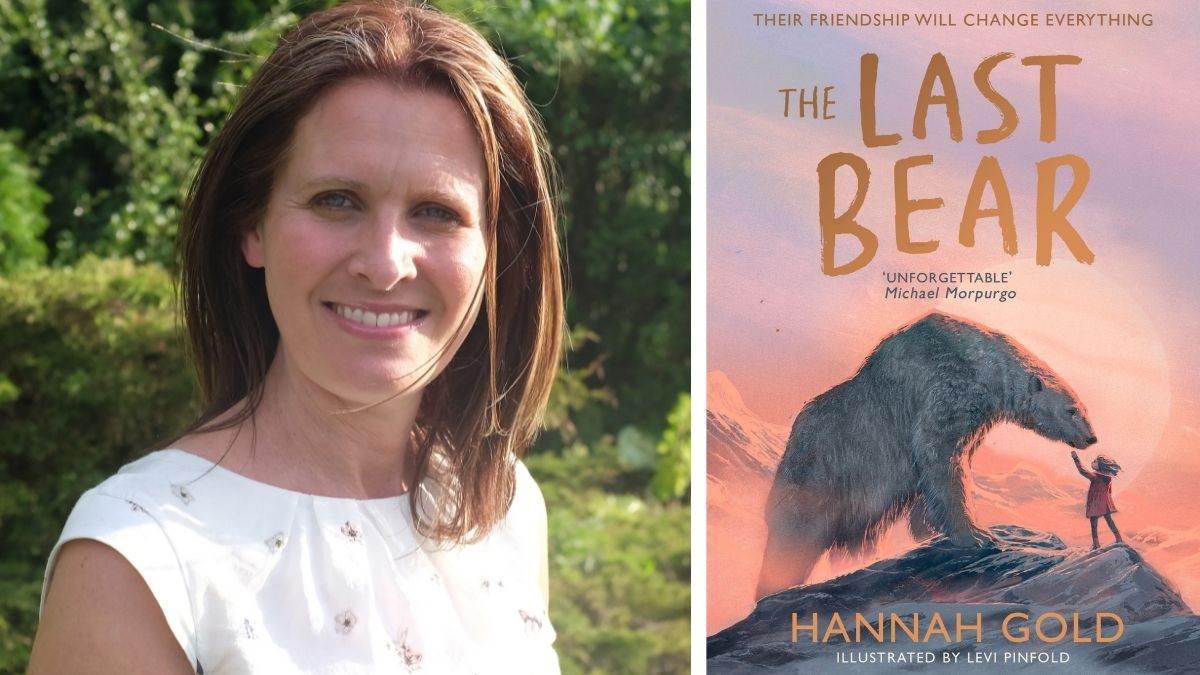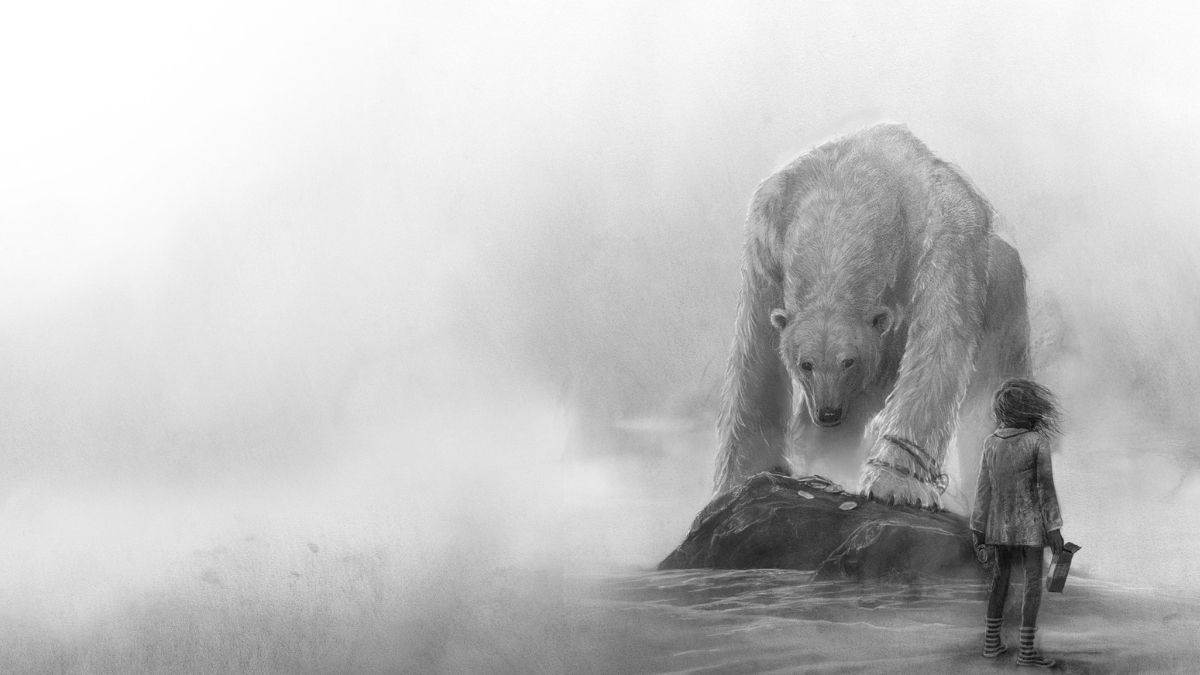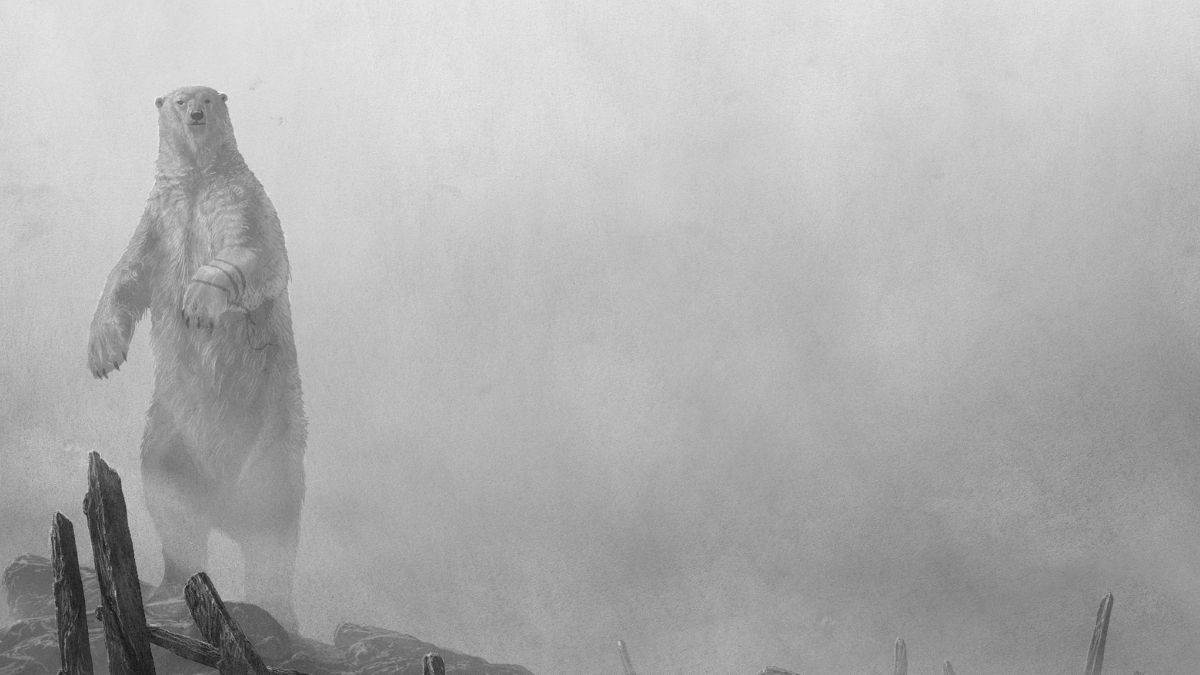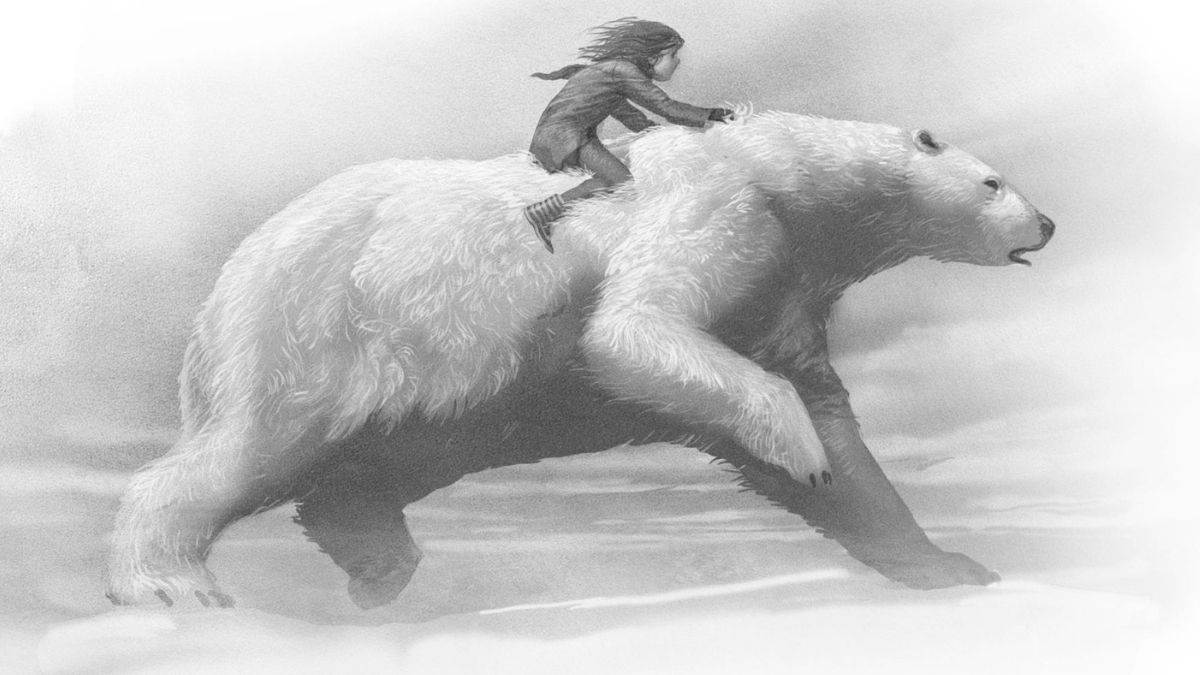"There is something incredibly special about a polar bear": The Last Bear author Hannah Gold on the incredible beasts that inspired her book
Published on: 11 Tachwedd 2021
Hannah Gold's book The Last Bear, illustrated by Levi Pinfold, has been shortlisted for the Best Story prize in the Blue Peter Book Awards 2022.
Here, Hannah tells us a little about the magnificent creatures that inspired her story - and why she wanted to write about the powerful bond between a child and an animal.

The bonds of love between animals and humans
When I sat down to write The Last Bear, I had one simple idea in my head and that was to write about all the things I loved most in the world. So that meant writing about animals, especially big cuddly ones; the special friendship that humans, particularly children, have with them; and the deep bonds of enduring love that can be forged between their hearts and ours.
The other important ingredient was my passion for the planet – not just how spectacular and amazing it is (which it is!) but also how it needs our protection now more than ever, and how anyone, no matter how big or small, can inspire hope and create change.
Given the incredible world events of the past two years or so, being able to provide books full of heart, kindness and love feels even more vital than ever.
 Illustration: Levi Pinfold
Illustration: Levi Pinfold
Finding Bear Island
It is important to point out that The Last Bear is a work of fiction with a few facts sprinkled in here and there. The character of Bear came to me first. I can’t remember when or how, but suddenly he was gazing at me with his dark chocolate eyes and a forlorn, pleading expression on his face. I’ve always found it impossible to ignore animals, particularly ones as magnificent, regal and big-hearted as Bear. There was a story he had to tell and I, apparently, was the one to tell it. Not really knowing a lot about polar bears at that time, I sat down to do some research. First and foremost, where would Bear live? There I was, kneeling on my bedroom floor with a map of the Arctic Circle spread before me, when I spotted a tiny island in the Barents Sea.
Bear Island.
I actually squealed out loud because, quite obviously, here was the perfect place to set my book. And when I discovered more about the island’s history and how polar bears hadn’t been seen there for eight long years, April’s desperate quest to take Bear home to Svalbard suddenly became the only real story to tell.
 Illustration: Levi Pinfold
Illustration: Levi Pinfold
The real Bear Island is almost, but not exactly, as depicted in the book. Geographically and dimensionally it is the same, and it is true that it is uninhabited save for a weather station. However, on the real Bear Island, the weather station is run by a team of eleven rather than a father and daughter. (And I’m also fairly sure their methods of reading the weather are a lot more scientific than those I have described!) Any work of fiction has to somehow mould the setting around the story, so I took some liberty with the island’s topography and a few other aspects to fit the narrative. There really is a Walrus Bay – I didn’t make that one up – and even as remote as Bear Island is, there is still a surprising amount of washed-up plastic on its beaches.
And, of course, I took some liberties with the character of Bear. As cuddly as he is, polar bears in real life are extremely dangerous wild animals and I would never advise trying to feed one peanut butter.
Melting ice caps
But there is something incredibly special about a polar bear. So it comes as no surprise that they are often called the poster child of climate change – because as the Arctic warms at double the rate than the rest of the planet, they are sadly bearing the biggest brunt. Even more sadly, according to the International Union for Conservation of Nature (IUCN), it is predicted that the polar bear population will be in serious decline by 2050.
There is some dispute over exactly how much and how quickly the sea ice is melting. This is because it expands and retracts with the seasons and isn’t the easiest thing to measure. But NASA records over a forty-two-year satellite period show that the Arctic has lost about one million square miles of sea ice. Another statistic put the decline at over thirteen percent per decade, with the most pronounced winter reduction in the Svalbard and Barents Sea area.
Although in 2019 a single polar bear was seen on Bear Island, this really was an anomaly because as the sea ice continues to melt in the Arctic, polar bears will no longer be able to reach the island that carries their name.
Unfortunately, this also puts Bear’s refuge in Svalbard under threat.
All of which would sound very depressing if it weren’t for the likes of brave, passionate and amazing children. When I wrote this book, most of the children’s books about climate change were dystopian. But I believe it’s not too late and that’s why I was keen to tell a story that showed how one girl, even a very little one, could create a huge impact. You don’t need to single-handedly rescue a polar bear like April (I wouldn’t advise that!), but I hope this book encourages every reader to believe that they too can help. And if, like me, you’ve fallen in love with Bear, then the best way to help polar bears and protect our beautiful planet is to do everything you can to fight climate change.
With a loud enough roar, I know we can make a difference.
 Illustration: Levi Pinfold
Illustration: Levi Pinfold
Topics: Blue Peter Book Awards, Animals, Environment, Science, Nature, Features




